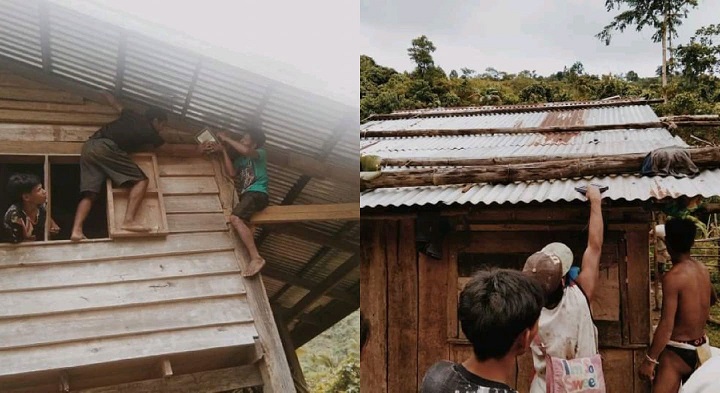Indigenous peoples (IPs) are geographically isolated and underserved, with limited access to basic social services and economic opportunities. Their communities are in remote locations and usually have no reliable power sources, forcing indigenous people to use kerosene gas lamps for their lighting needs. These lights not only pose fire hazards and numerous health risks from fumes but also do not provide adequate illumination for family members to do housework, for children to study and for village elders to gather at night. Safety and security are also major concerns, as darkness exposes them to various dangers.

Sinag Pag-asa (Sinag: ray, radiate; Pag-asa: hope) provides indigenous people a brighter future by giving them access to sustainable lighting solutions. This project is funded by Signify Foundation and jointly implemented by ASSIST and Signify Philippines in partnership with the National Commission on Indigenous Peoples and the Pampamayanang Mangyan Ugnayan. Sinag Pagasa provided 550 solar-powered floodlights and 1,000 solar lanterns to various IPs including Dumagats, Mangyans and Aetas. These lights now illuminate their homes, tribal halls, study centers, places of worship and other communal facilities of off-grid communities in nine provinces in Central Luzon and MIMAROPA, impacting the lives of over 2,200 IP families. Community members are now able to work, study, meet and socialize safely at night at no cost, greatly improving their productivity, safety and security.

“We often take lighting for granted in our modern world. But for indigenous people, most of whom live in far-flung areas untouched by electricity, darkness is a lifelong problem and safe and affordable illumination is always a challenge,” says Francis Macatulad, the Executive Director of ASSIST. “Sinag Pagasa has lit up the lives of these tribal communities and they now see a brighter future ahead.”

